Scientists report the existence of 15 new planets — including one ‘super-Earth’ that could harbor liquid water — orbiting small, cool stars near our solar system. These stars, known as red dwarfs, are of enormous interest for studies of planetary formation and evolution.
A research team led by Teruyuki Hirano of Tokyo Institute of Technology’s Department of Earth and Planetary Sciences has validated 15 exoplanets orbiting red dwarf systems.
One of the brightest red dwarfs, K2-155 that is around 200 light years away from Earth, has three transiting super-Earths, which are slightly bigger than our own planet. Of those three super-Earths, the outermost planet, K2-155d, with a radius 1.6 times that of Earth, could be within the host star’s habitable zone.
The findings, published in the form of two papers in The Astronomical Journal, are based on data from NASA Kepler spacecraft’s second mission, K2, and follow-up observations using ground-based telescopes, including the Subaru Telescope in Hawaii and the Nordic Optical Telescope (NOT) in Spain.
The researchers found that K2-155d could potentially have liquid water on its surface based on three-dimensional global climate simulations (see Figure 1). Hirano expresses both excitement and restraint, as he says: “In our simulations, the atmosphere and the composition of the planet were assumed to be Earth-like, and there’s no guarantee that this is the case.”
A more precise estimate of the radius and temperature of the K2-155 star would be needed to conclude definitively whether K2-155d is habitable. Achieving such precision would require further studies, for example, using interferometric techniques.
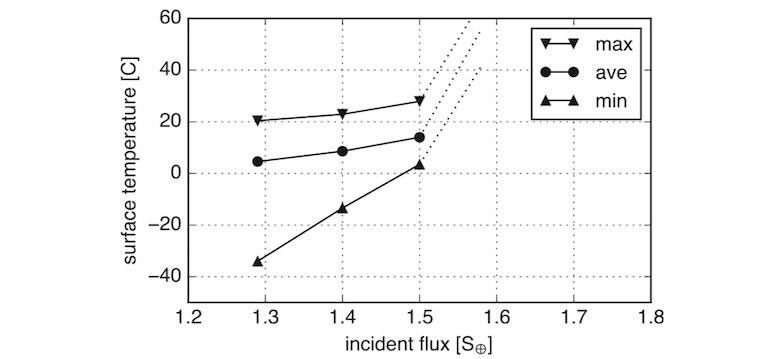
Figure 1. Results of 3D global climate simulations for K2-155d
Surface temperatures were plotted as a function of insolation flux (the amount of incoming stellar radiation) estimated at 1.67±0.38. When the insolation exceeds 1.5, a so-called runaway greenhouse effect occurs, signaling a cut-off point for life-friendly temperatures. If the insolation is under 1.5, the surface temperature is more likely to be moderate.
A key outcome from the current studies was that planets orbiting red dwarfs may have remarkably similar characteristics to planets orbiting solar-type stars.
“It’s important to note that the number of planets around red dwarfs is much smaller than the number around solar-type stars,” says Hirano. “Red dwarf systems, especially coolest red dwarfs, are just beginning to be investigated, so they are very exciting targets for future exoplanet research.”
For example, while the so-called radius gap of planets around solar-type stars has been reported previously, this is the first time that researchers have shown a similar gap in planets around red dwarfs. (See Figure 2.) “This is a unique finding, and many theoretical astronomers are now investigating what causes this gap,” says Hirano.
He adds that the most likely explanation for the lack of large planets in the proximity of host stars is photoevaporation, which can strip away the envelope of the planetary atmosphere.
The researchers also investigated the relationship between planet radius and metallicity of the host star. “Large planets are only discovered around metal-rich stars,” Hirano says, “and what we found was consistent with our predictions. The few planets with a radius about three times that of Earth were found orbiting the most metal-rich red dwarfs.”
The studies were conducted as part of the KESPRINT collaboration, a group formed by the merger of KEST (Kepler Exoplanet Science Team) and ESPRINT (Equipo de Seguimiento de Planetas Rocosos Intepretando sus Transitos) in 2016.
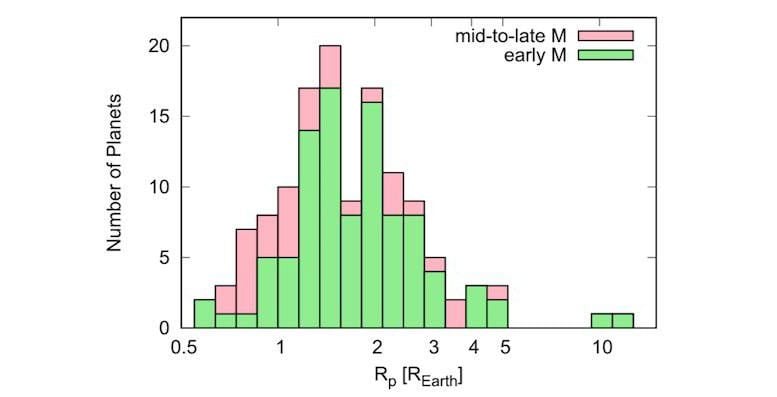
Figure 2. Distribution of planet sizes
Histogram of planet radius for the validated and well-characterized transiting planets around red dwarfs: The number counts for mid-to-late red dwarfs (those with a surface temperature of under 3,500 K) are shown above those for early red dwarfs (those with a surface temperature of around 3,500–4,000 K). The results show a “radius gap”, or a dip in the number of stars with a radius between 1.5–2.0 times that of Earth.
With the planned launch of NASA’s Transiting Exoplanet Survey Satellite (TESS) in April 2018, Hirano is hopeful that even more planets will be discovered. “TESS is expected to find many candidate planets around bright stars closer to Earth,” he says. “This will greatly facilitate follow-up observations, including investigation of planetary atmospheres and determining the precise orbit of the planets.”
Publications:
- “Exoplanets around Low-mass Stars Unveiled by K2” by Teruyuki Hirano, Fei Dai, Davide Gandolfi, Akihiko Fukui, John H. Livingston, Kohei Miyakawa, Michael Endl, William D. Cochran, Francisco J. Alonso-Floriano, Masayuki Kuzuhara, David Montes, Tsuguru Ryu, Simon Albrecht, Oscar Barragan, Juan Cabrera, Szilard Csizmadia, Hans Deeg, Philipp Eigmüller, Anders Erikson, Malcolm Fridlund, Sascha Grziwa, Eike W. Guenther, Artie P. Hatzes, Judith Korth, Tomoyuki Kudo, Nobuhiko Kusakabe, Norio Narita, David Nespral, Grzegorz Nowak, Martin Pätzold, Enric Palle, Carina M. Persson, Jorge Prieto-Arranz, Heike Rauer, Ignasi Ribas, Bun’ei Sato, Alexis M. S. Smith, Motohide Tamura, Yusuke Tanaka, Vincent Van Eylen and Joshua N. Winn, 23 February 2018, The Astronomical Journal.
DOI: 10.3847/1538-3881/aaa9c1 - “K2-155: A Bright Metal-poor M Dwarf with Three Transiting Super-Earths” by Teruyuki Hirano, Fei Dai, John H. Livingston, Yuka Fujii, William D. Cochran, Michael Endl, Davide Gandolfi, Seth Redfield, Joshua N. Winn, Eike W. Guenther, Jorge Prieto-Arranz, Simon Albrecht, Oscar Barragan, Juan Cabrera, P. Wilson Cauley, Szilard Csizmadia, Hans Deeg, Philipp Eigmüller, Anders Erikson, Malcolm Fridlund, Akihiko Fukui, Sascha Grziwa, Artie P. Hatzes, Judith Korth, Norio Narita, David Nespral, Prajwal Niraula, Grzegorz Nowak, Martin Pätzold, Enric Palle, Carina M. Persson, Heike Rauer, Ignasi Ribas, Alexis M. S. Smith and Vincent Van Eylen, 23 February 2018, The Astronomical Journal.
DOI: 10.3847/1538-3881/aaaa6e

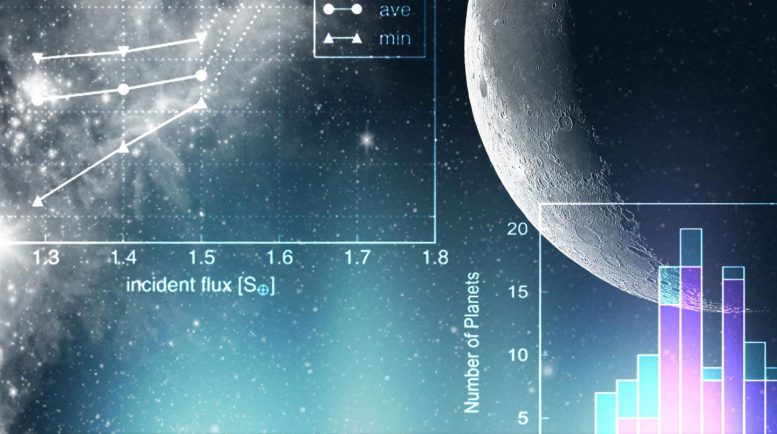
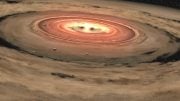
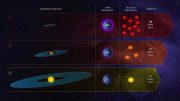
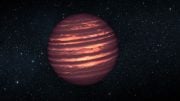
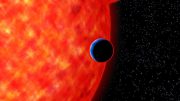
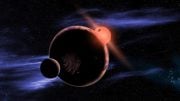
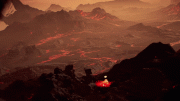
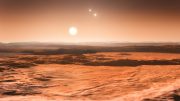
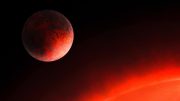
Be the first to comment on "Astronomers Confirm the Existence of 15 New Exoplanets, Including One Super-Earth"